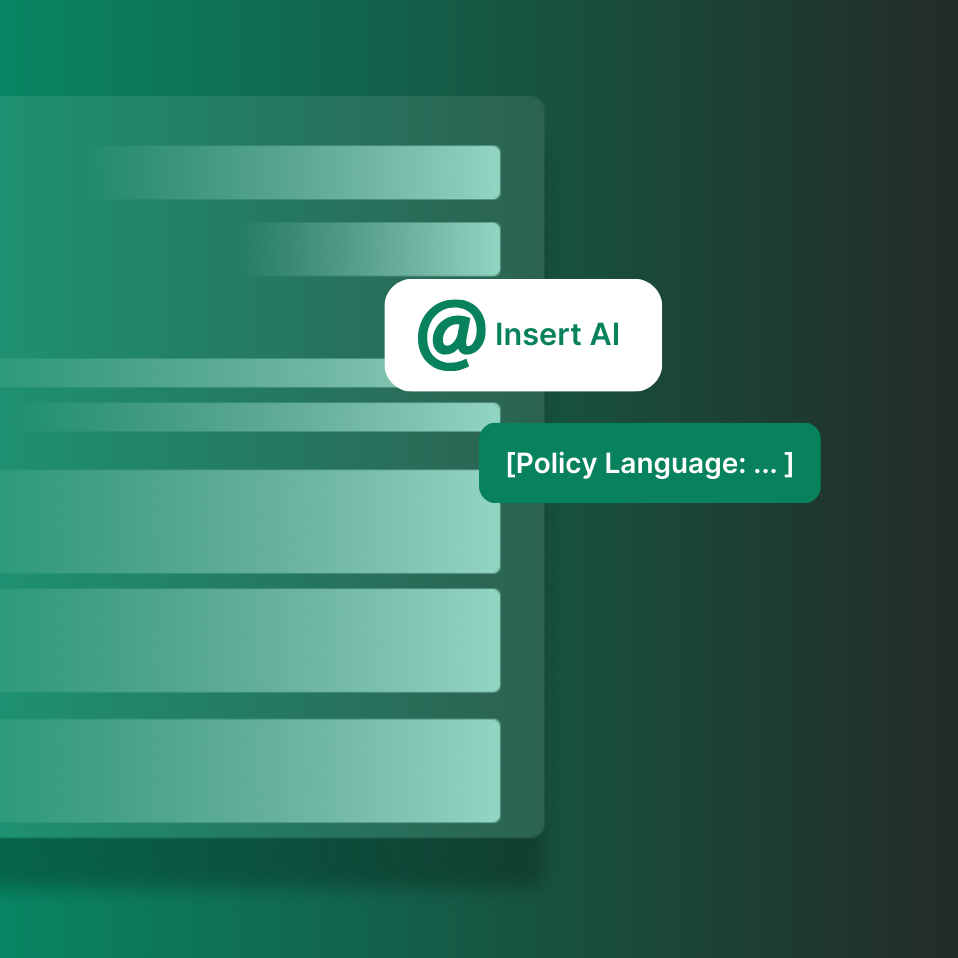In the world of insurance, the term "waiver of subrogation" is one that often surfaces, especially in the context of commercial agreements and insurance policies. Understanding what it entails and how it functions is crucial for businesses and individuals alike. This article aims to demystify the concept of waiver of subrogation and provide a practical example to illustrate its application.
What is a Waiver of Subrogation?
Subrogation is a legal right held by most insurance carriers. It allows an insurer to pursue a third party that caused an insurance loss to the insured. This is done to recover the amount of the claim paid to the insured for the loss. A waiver of subrogation is a provision in an insurance policy where the insurer agrees to relinquish this right, meaning they cannot seek compensation from the third party who caused the loss.
Importance of Waiver of Subrogation
The waiver of subrogation is significant in many business and insurance scenarios:
- Prevents Insurance Claims Against Business Partners: Common in contracts where businesses seek to protect themselves against claims from their partners’ insurers.
- Facilitates Smooth Business Relationships: Helps maintain harmonious relations between contractual parties.
- Risk Management Tool: Used strategically to manage and allocate risks in contracts and insurance policies.
Key Elements of a Waiver of Subrogation Clause
A typical waiver of subrogation clause should clearly state:
- The Waiver Agreement: Explicit mention that the insurer waives the right of subrogation.
- Involved Parties: Identification of the parties involved in the agreement.
- Scope and Limitations: The extent to which the waiver applies, including any limitations.
- Applicable Situations: Specific scenarios or types of losses where the waiver is valid.
Example of a Waiver of Subrogation
Let’s consider a scenario in a commercial lease agreement:
Conclusion
Understanding the waiver of subrogation is essential, especially for businesses entering into contracts or managing insurance policies. It’s a strategic tool that can be used to manage risk and protect relationships between contractual parties. However, it’s important to carefully consider the implications of such clauses and seek legal or professional advice to ensure they align with your risk management strategies and insurance needs.
Disclaimer: This article is for informational purposes only and does not constitute legal or insurance advice. For specific advice, please consult with a professional in the relevant field.









.png)
